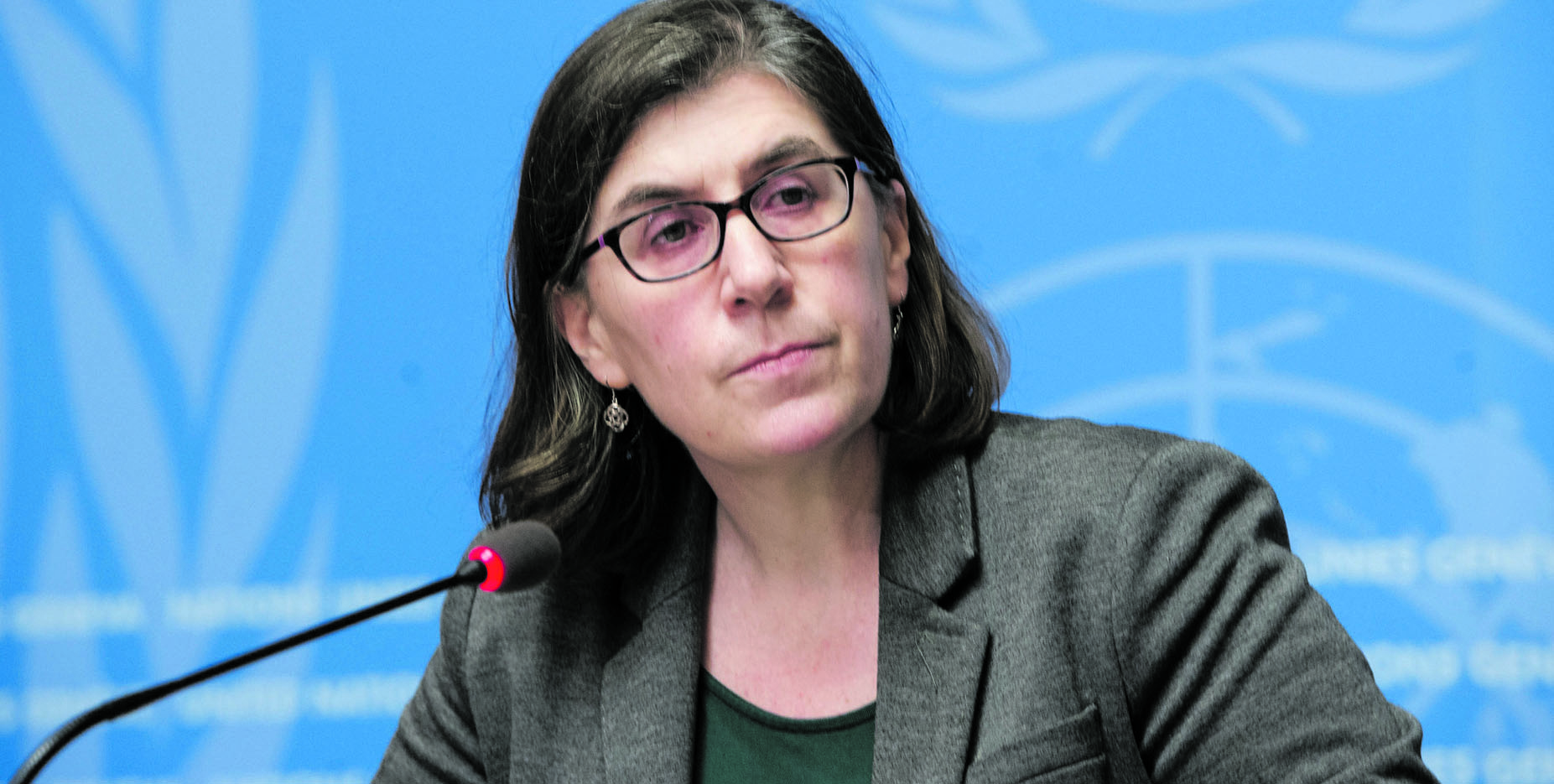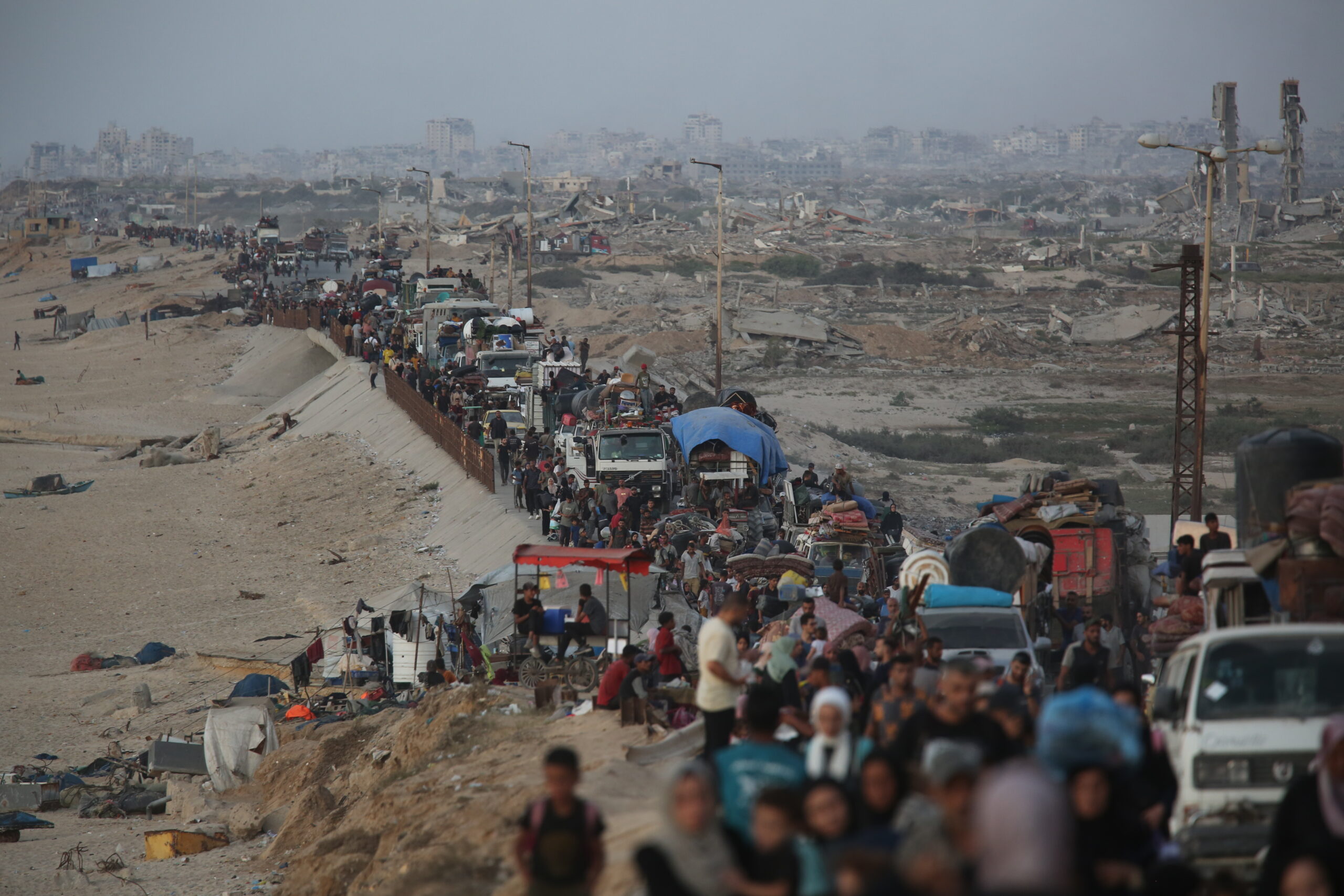
Nadine Osman
The UN’s human rights body has shared unsettling reports revealing horrifying incidents of beheadings, arson, and substantial displacement targeting Muslim Rohingya communities amidst a resurgence of violence in Rakhine State, western Myanmar.
Elizabeth Throssell, Spokeswoman for the UN High Commissioner for Human Rights (OHCHR), revealed that her office had been informed about the extensive burning of residences and the forced relocation of tens of thousands of civilians, predominantly Muslim Rohingyas, in Buthidaung and Maungdaw, the two northernmost townships of Rakhine State.
“Some of the most serious allegations concern incidents of killing of Rohingya civilians and the burning of their property,” Throssell said during a press briefing in Geneva on May 24, putting the number of displaced civilians in the two townships in the “tens of thousands.” She added that an estimated 45,000 Rohingya “have reportedly fled to an area on the Naf River near the border with Bangladesh, seeking protection.”
In mid-May, reports surfaced of arson attacks and the widespread displacement of civilians, predominantly Rohingyas, following the capture of Buthidaung town by the Arakan Army. This armed group, engaged in a fierce conflict with the military in Rakhine State since November, has been at the centre of escalating tensions.
She noted that evidence collected from victim testimonies, eyewitness accounts, satellite imagery, and online media suggests that the town “has been largely burned.”
“We have received information indicating that the burning started on 17 May, two days after the military had retreated from the town and the Arakan Army claimed to have taken full control,” she explained.
These reports strongly echo the large-scale “clearance operation” initiated by the Myanmar military against Rohingya villages in August 2017. This campaign resulted in the forced displacement of over 740,000 individuals from Buthidaung and Maungdaw townships to Bangladesh. The US and the UN have characterized this campaign as an act of genocide.
Although OHCHR mentioned that it was in the process of corroborating information regarding responsibility for the burning of Buthidaung, Rohingya eyewitness testimonies cited by the U.N. and other sources point to the Arakan Army as the perpetrators of the recent attacks.
Throssell reported that “at least four cases of beheadings by the Arakan Army had been confirmed, as well as multiple enforced disappearances of individuals.” Additionally, she stated that Rohingya survivors recounted being prevented from leaving Buthidaung by the Arakan Army, forcing them to opt for riskier escape routes. These survivors also alleged that the Arakan Army mistreated them and extorted money.
However, the Arakan Army has denied any involvement in the attacks on Rohingya.While initial evidence suggests responsibility lies with the Arakan Army, it’s crucial to note that the military’s actions are far from blameless. In recent months, the junta has attempted to conscript Rohingya individuals, a group it previously sought to eradicate from Myanmar, to counter its rapid territorial losses. This strategy likely aims to exploit sectarian tensions between the Rakhine and Rohingya communities, a move that many anticipated would exacerbate existing tensions.
Photo: Elizabeth Throssell, OHCHR briefs press
(Credit: Violaine Martin/ UN Geneva Flickr)


